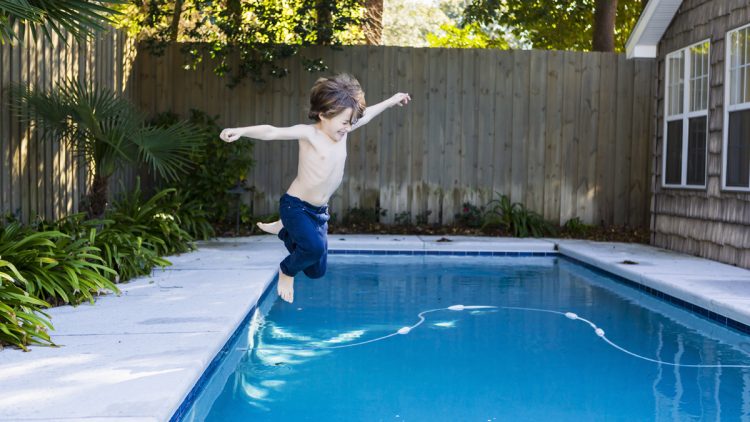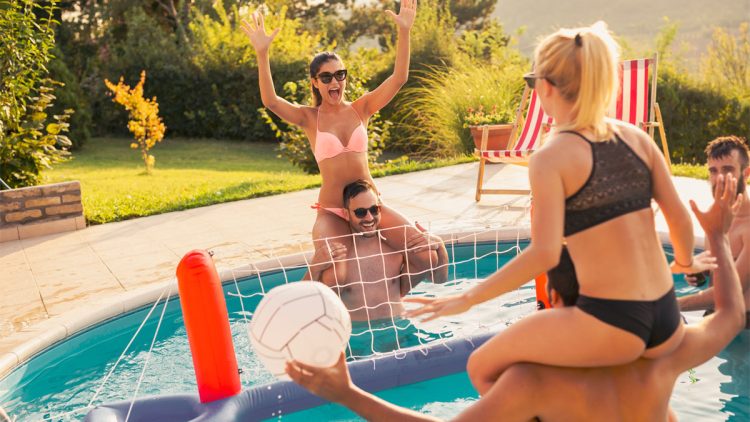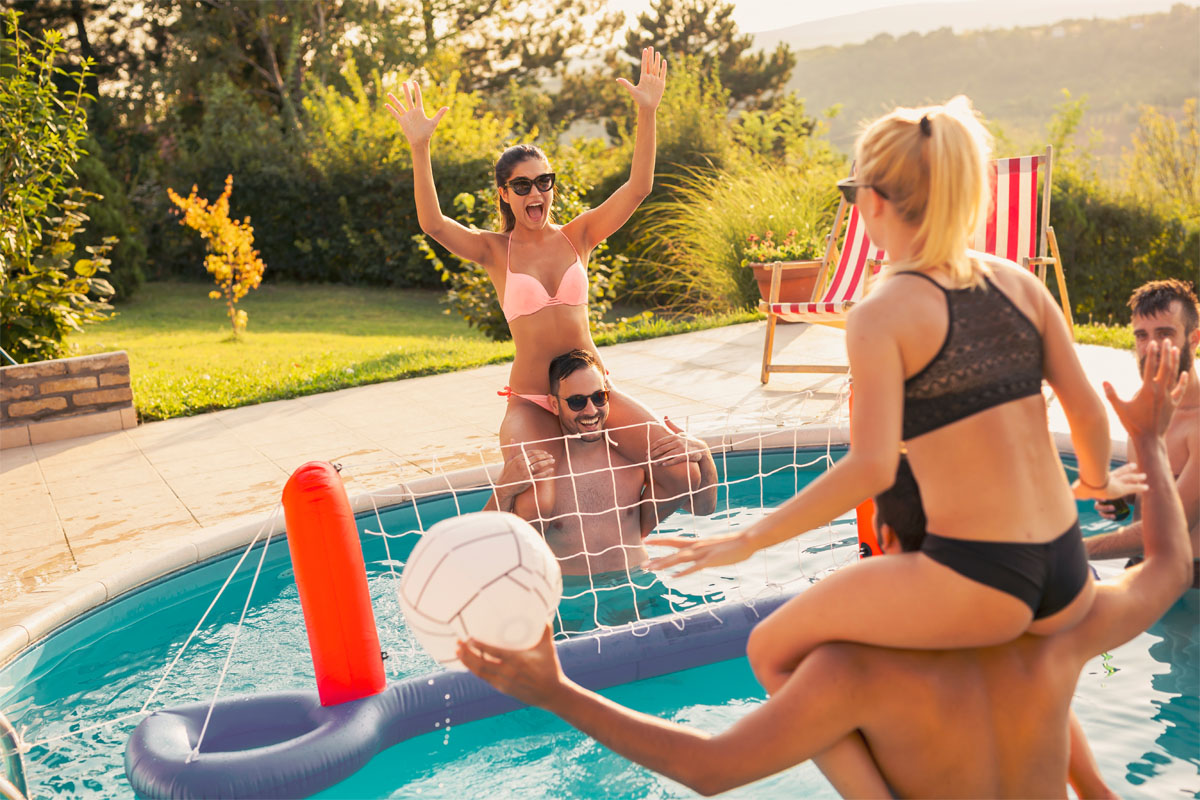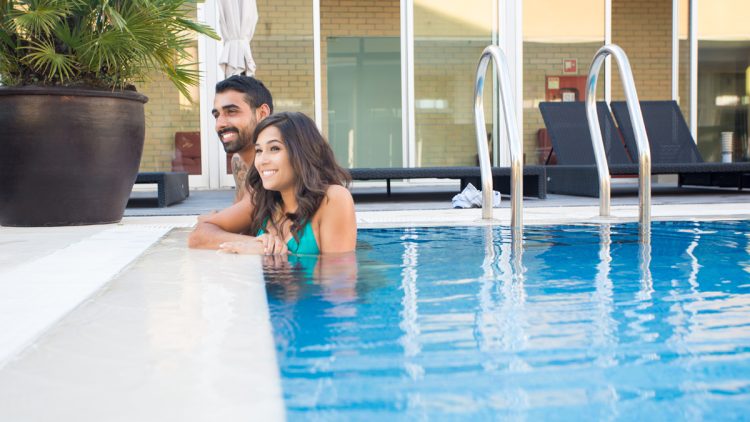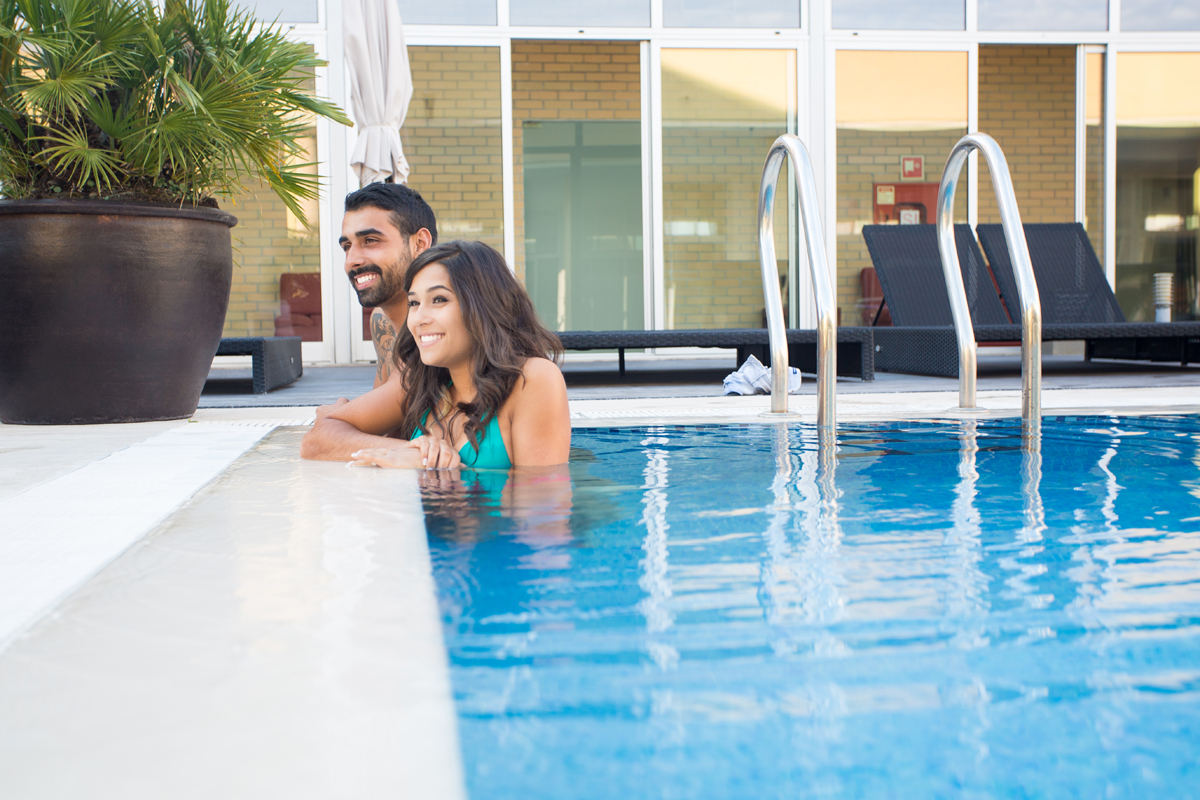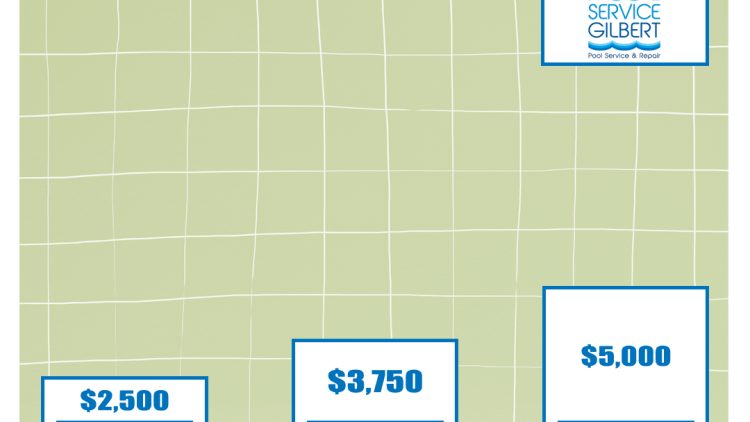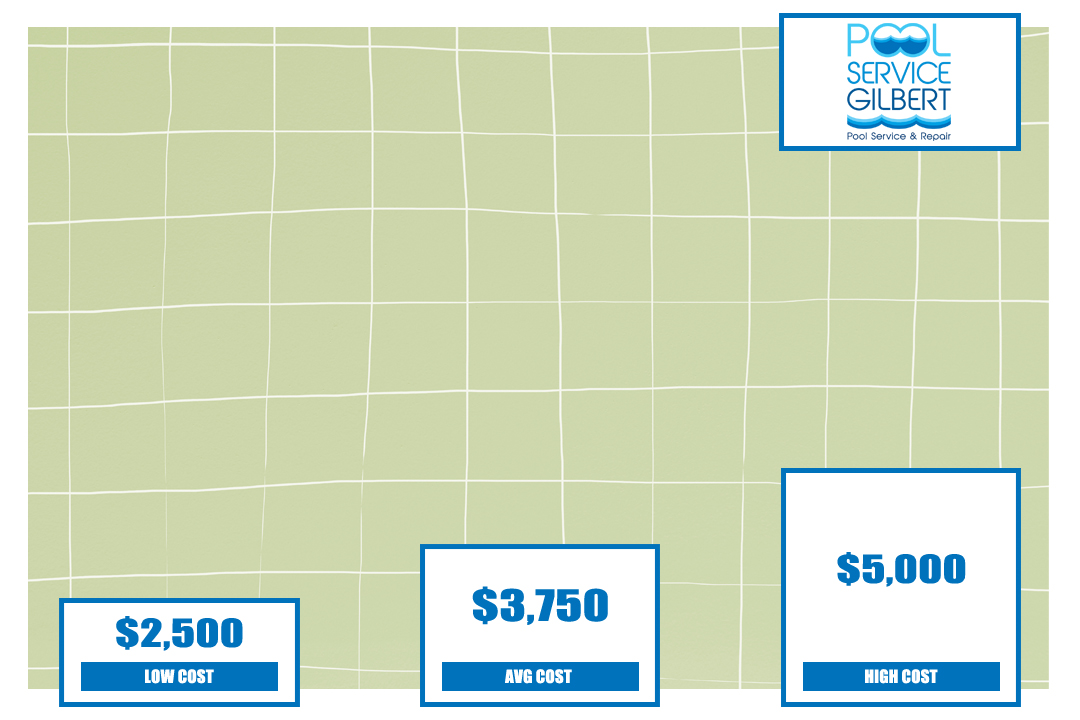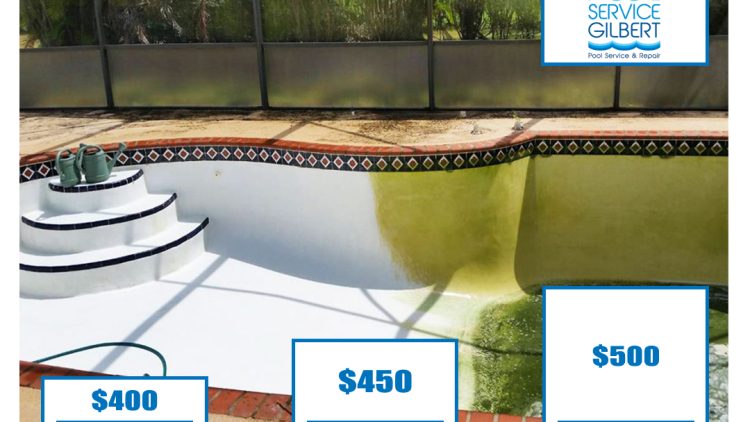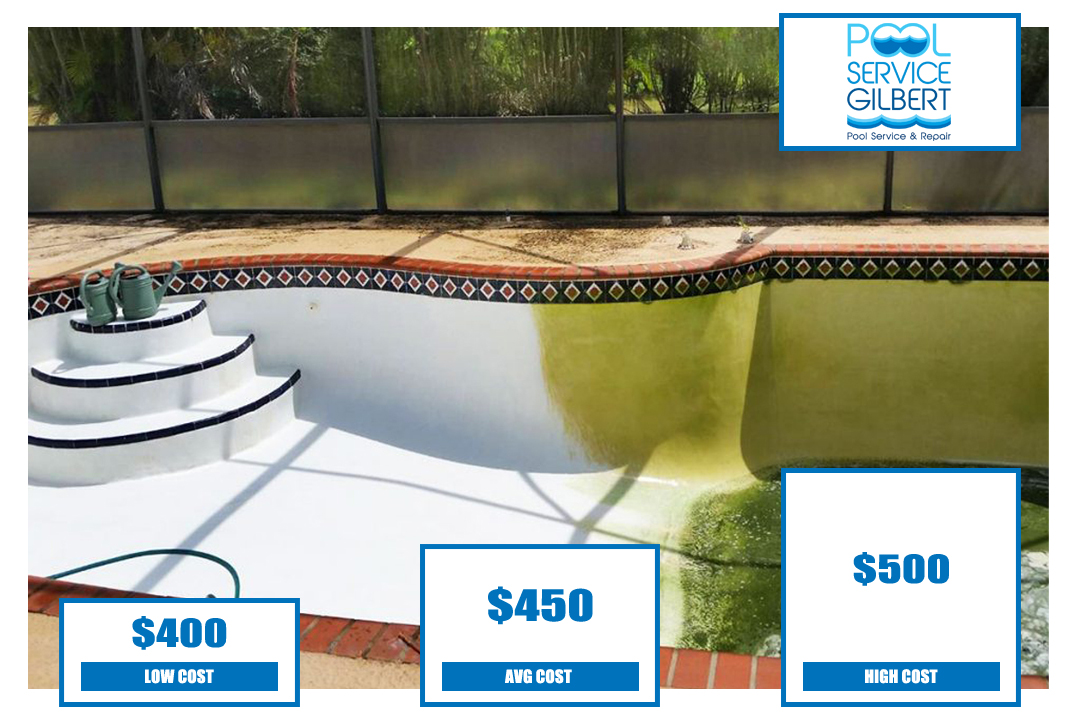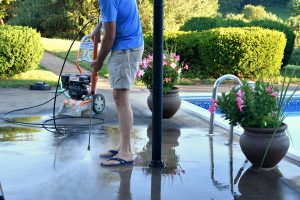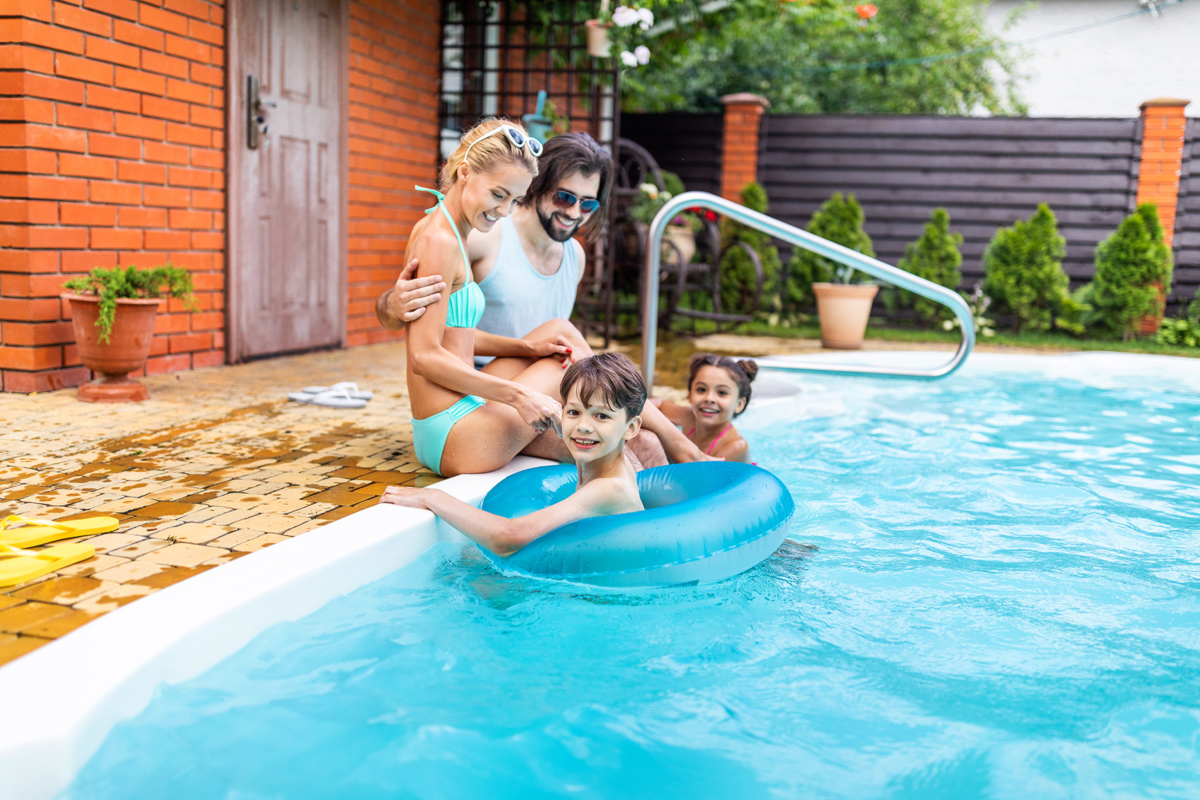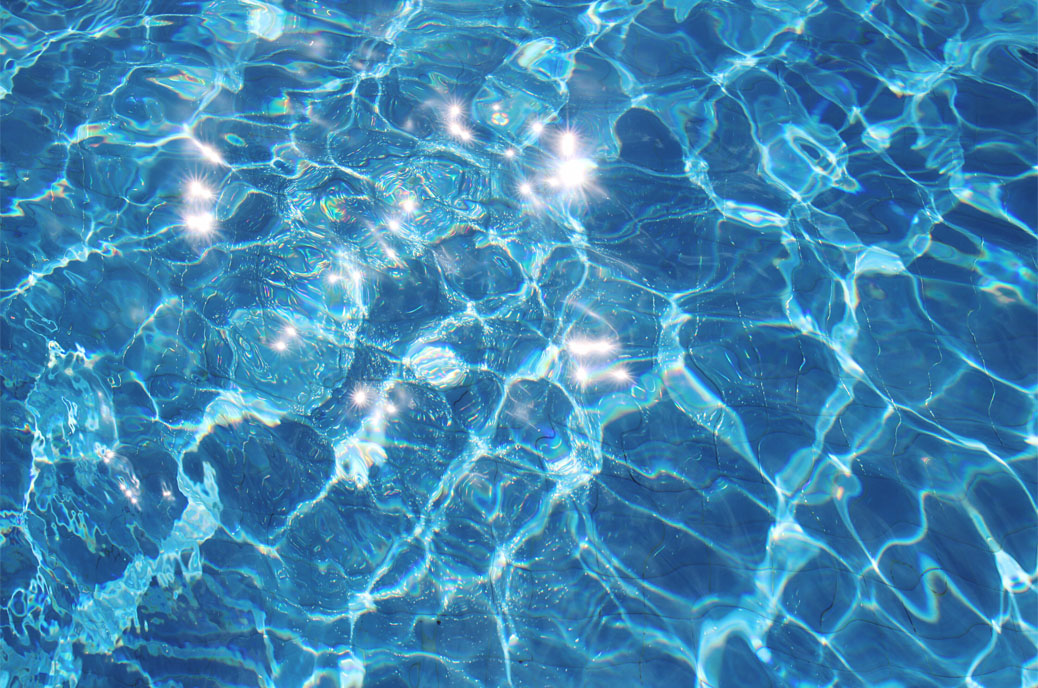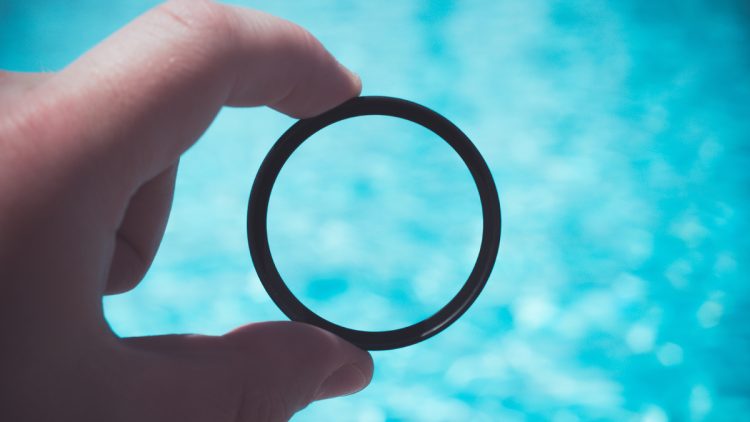How To Lower pH In Pool

Every pool owner should want pH levels to remain in the range of 7.4-7.8. What can you do to lower the pH level if it becomes too high? Use our DIY guide below!
Effects Of High pH Levels
So why is a high water pH level or pH above 7.8 bad for a swimming pool? Here are a few issues that you may have to deal with if your pH is too high:
- The water can sting your eyes and cause dry skin.
- Pool water can become hazy or cloudy.
- Chlorine will become less effective at higher pH levels, with low chlorine promoting bacteria growth.
- Alkalinity makes the water hard, which can cause formation from calcium deposits.
How To Lower pH Levels
Test your water before performing any DIY pool care tasks. Start by using a pool kit to determine the pH, acid demand, plus total alkalinity. Once you have determined that the pH level is too high, you can begin working to restore balance. There are two products designed specifically to lower pH: sodium bisulfate and muriatic acid. Follow our guide below.
1. Use Sodium Bisulfate
- Read the manufacturer’s instructions, then measure the correct amount based upon your initial testing of the water.
- Some experts suggest adding 3/4 of what is recommended, allowing for easier correction.
- Since sodium bisulfate typically comes in powder form, avoid using this on a windy day.
- Add the chemical by getting down to the water as close as you possibly can.
- Apply it over the water return jet site to facilitate spreading the chemical throughout the pool.
- This powder should dissolve within 10-15 minutes.
- Wait at least 6 hours before retesting, yet make sure to do the test within 24 hours.
2. Apply Muriatic Acid
- Applying this powerful corrosive means you should wear protective gear, including gloves and goggles.
- Read the instructions first and apply the recommended amount.
- There are two different ways to apply the acid to your pool.
- One way involves turning the pump off, then slowly pouring the acid into the deep end.
- Next, allow the acid to settle at the bottom, then turn the pump back on for circulation.
- The other way involves pouring the acid over the return jets, allowing the pump to do its work.
- Retest the water after 6 hours, but again, do not wait more than 24 hours to test.
Restoring The Water Balance
Knowing when and how to lower pH levels is a crucial skill for every pool owner to have. Don’t be afraid to contact a professional pool service to lower the pH level in your water.
Pool Service Gilbert In Arizona
Pool Service Gilbert is a family-owned and operated business that has been serving the valley since 2004. We offer reliable and affordable pool services, including repairs, equipment installations and more! Our service area includes Ahwatukee, Chandler, Gilbert, Mesa, Phoenix and Tempe, Arizona. Contact us right here for your upcoming pool service needs.
More Articles About Pool Care
- Pool Cleaning Service Near Me
- Pool Tile Replacement
- How to Clean a Green Pool Fast
- Pool Chemicals 101
- How To Acid Wash A Pool
- What Size Sand Filter Do I Need For My Above Ground Pool?
- Common Pool Problems
- How Much Does It Cost To Replace A Pool Pump?
- How To Remove Calcium From Pool Tile
- Pool Pump Repair Near Me – Gilbert, AZ
- Acid Wash Pool Cost

